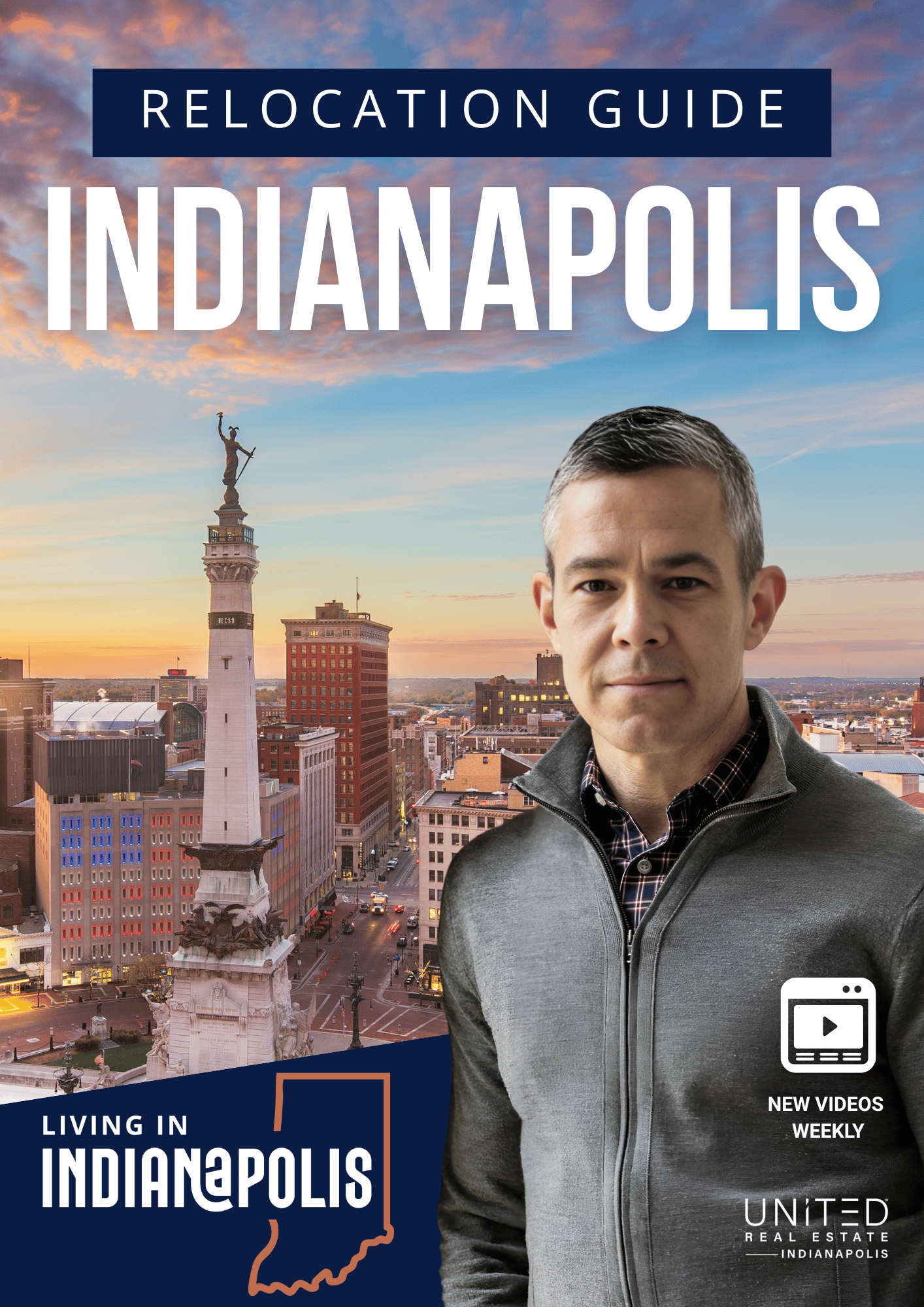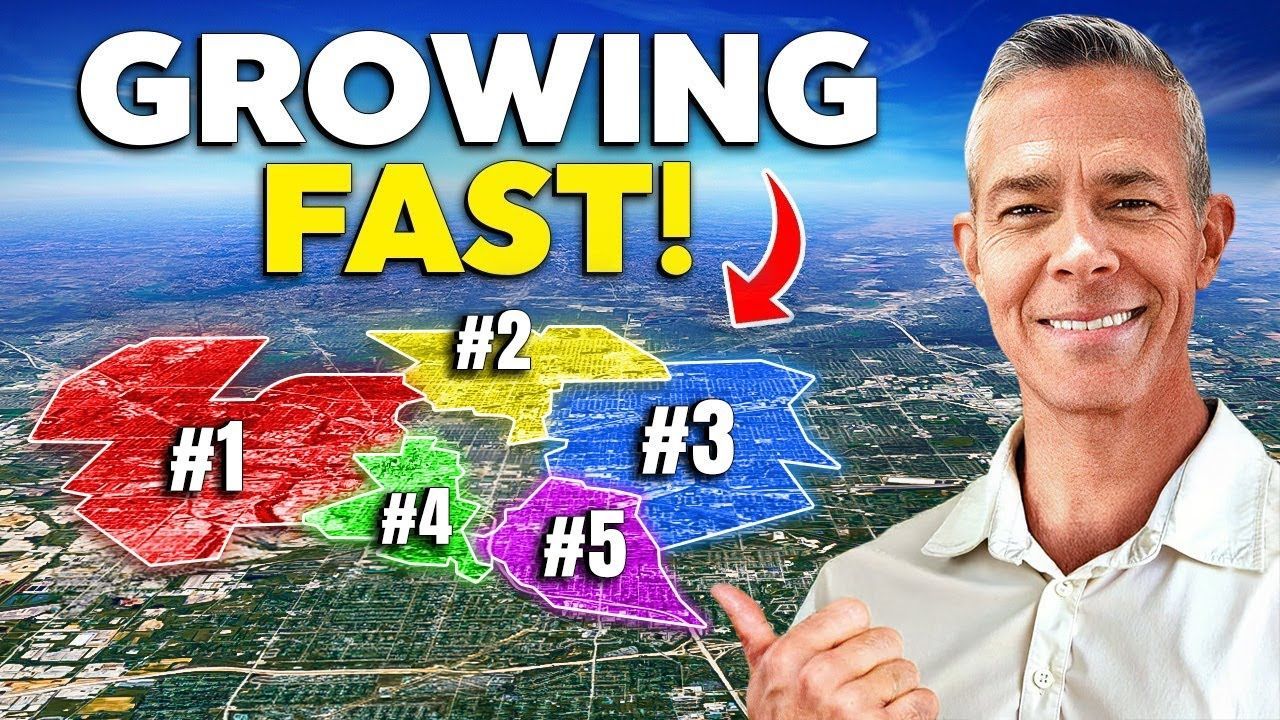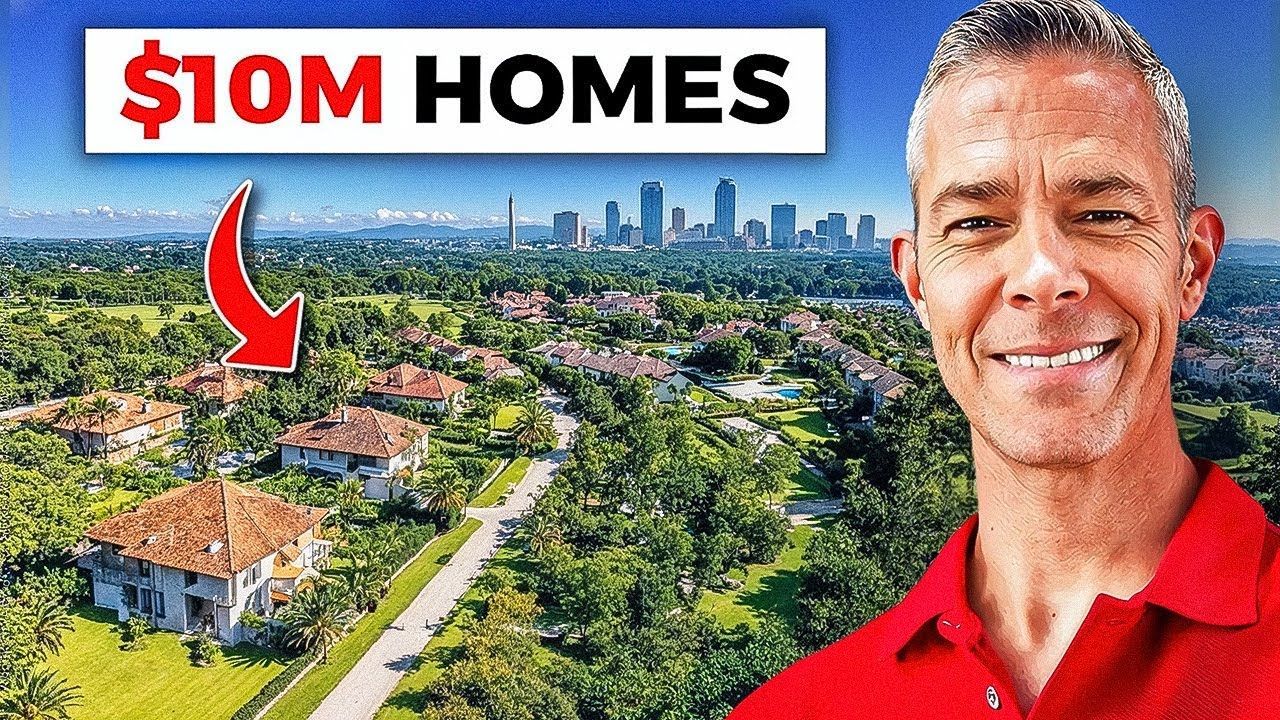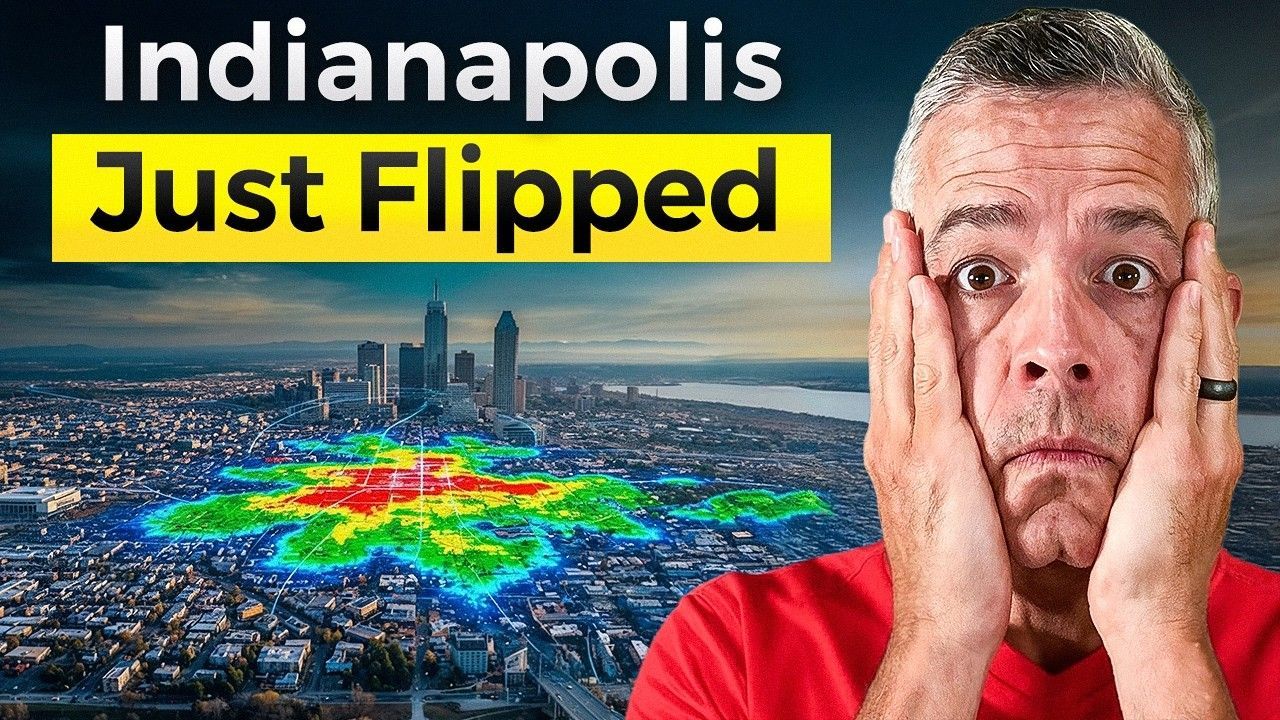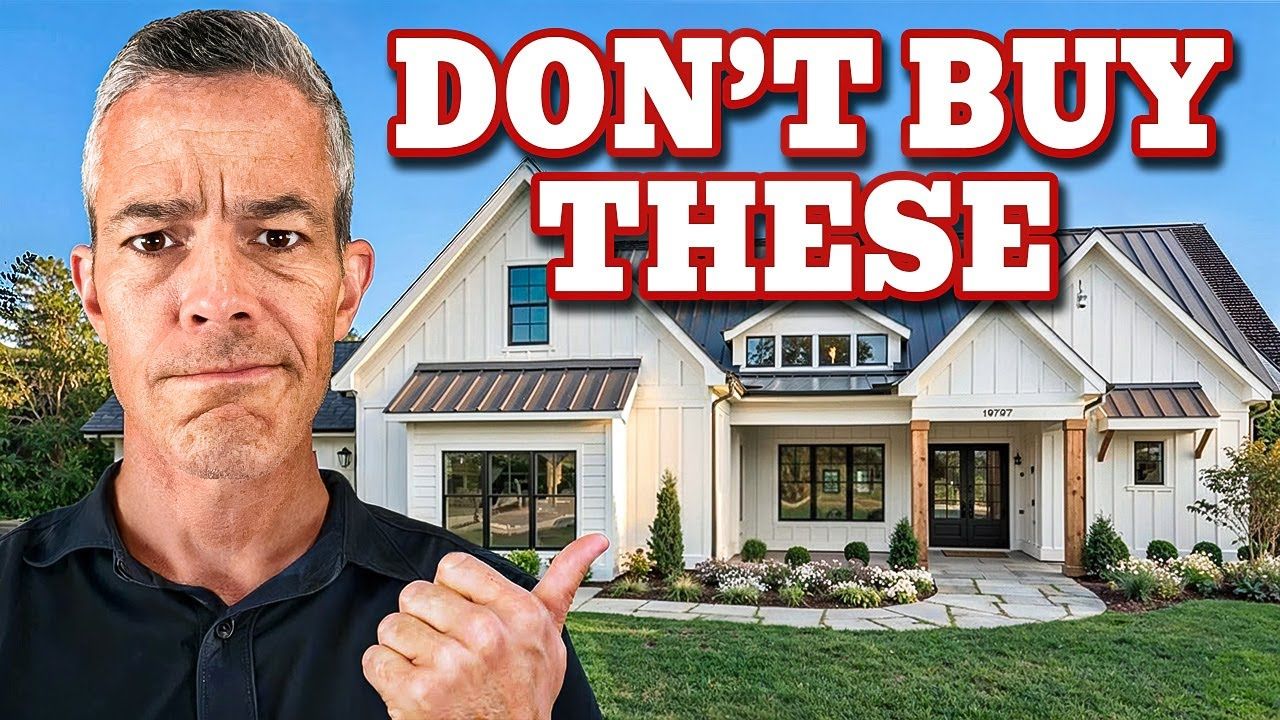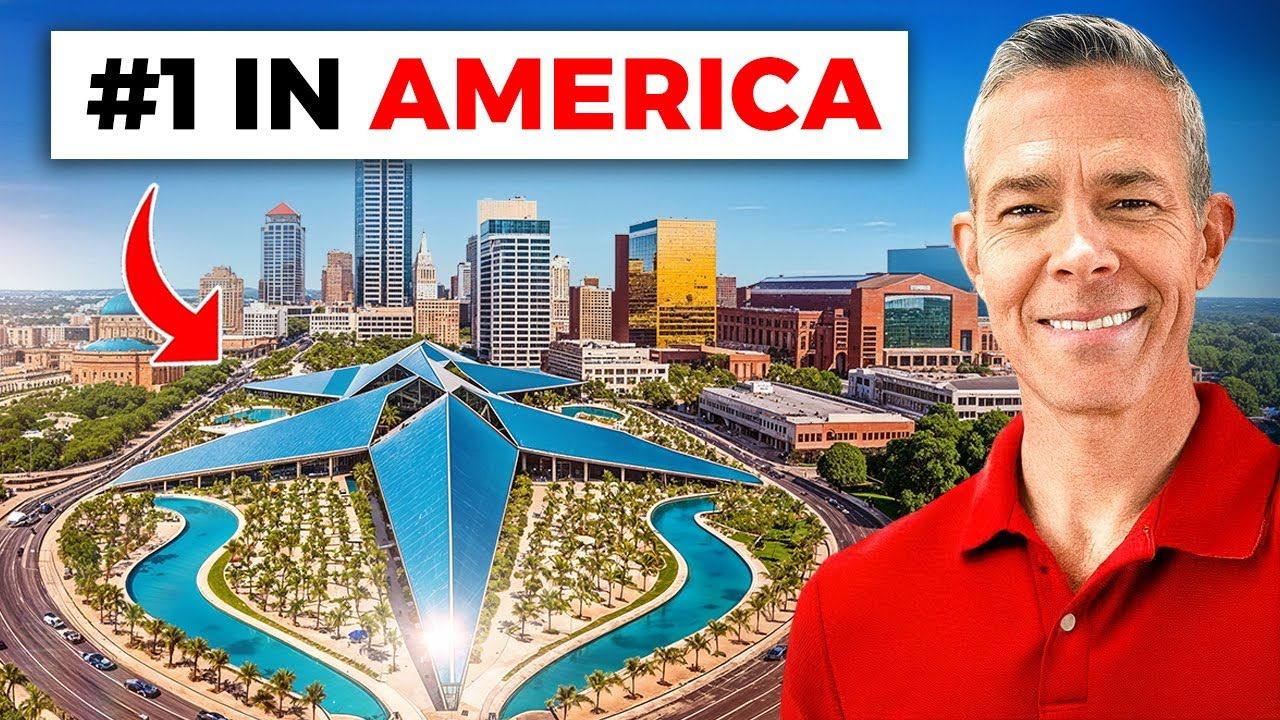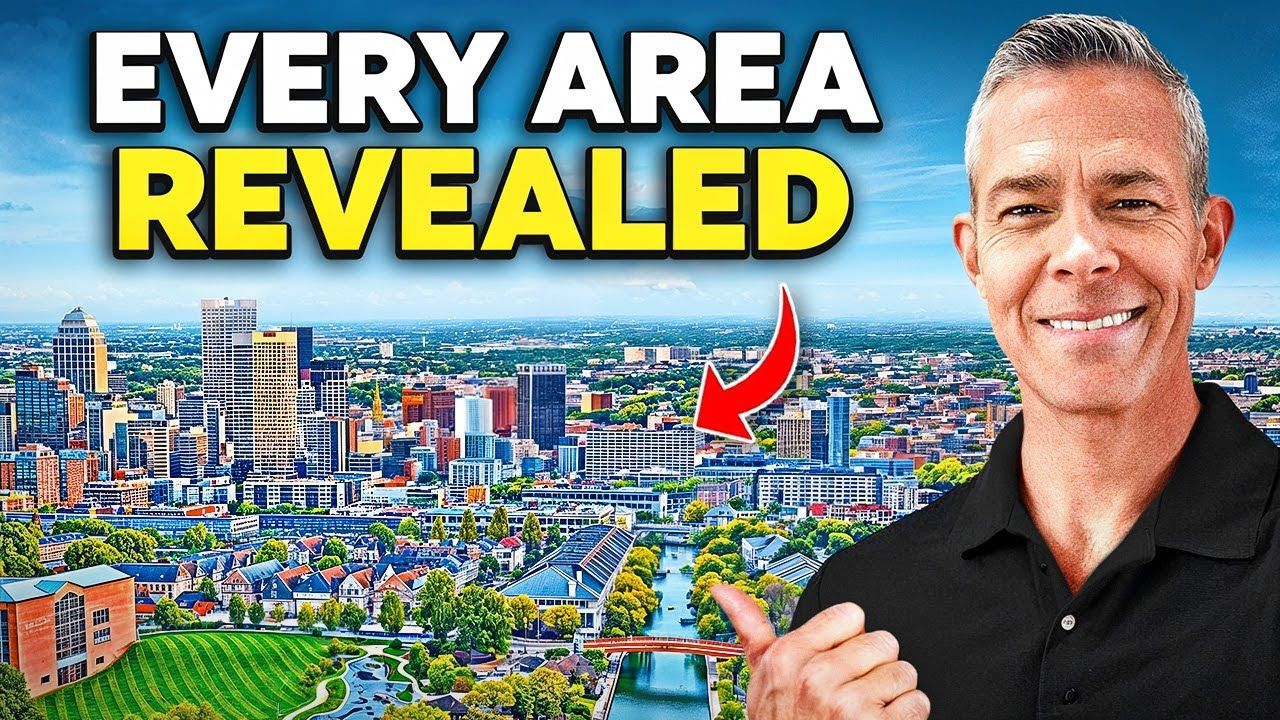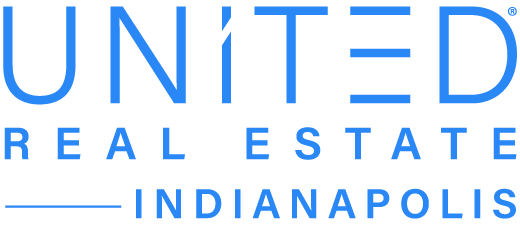What To Know Before Moving To Indianapolis: Insider Tips from a Local Expert
If you’re considering a move to Indianapolis, you’ve probably already realized that this city is much larger and more diverse than it might first appear. From historic neighborhoods and bustling downtown districts to rapidly growing suburbs and vibrant cultural scenes, Indianapolis offers a wide array of lifestyles and living options. However, with so many choices, it can quickly become overwhelming to figure out exactly where to settle down.
To help you navigate this exciting but complex decision, I’m sharing everything you need to know before moving to Indianapolis. I am Jason Compton, top 1% realtor in the Indianapolis metro area who has helped hundreds of families find their perfect home, I’ll walk you through what makes Indianapolis unique, where most new residents are moving, the top suburbs to consider if you want to live outside the city, and the fastest-growing communities worth watching. By the end of this guide, you’ll have a clearer picture of what fits your lifestyle, budget, and priorities.
Table of Contents
- Key Things to Know Before Moving to Indianapolis
- Where Are People Moving to Indianapolis?
- Top Suburbs Near Indianapolis: Carmel and Fishers
- Fastest Growing Communities Around Indianapolis
- How to Choose the Right Place for You
- FAQs About What To Know Before Moving To Indianapolis: Insider Tips from a Local Expert
- Final Thoughts
Key Things to Know Before Moving to Indianapolis
One of the biggest surprises for people moving to Indianapolis is just how large the city really is. Indianapolis itself has a population of over 900,000 residents, and when you include the surrounding metro area—which encompasses many nearby cities and towns—the population exceeds 2.1 million people. For anyone considering moving to Indianapolis, that means you’re not just getting a single city, but an expansive metro hub with far more variety than you might expect from what’s often considered a medium-sized city.
Another big draw for those moving to Indianapolis is the city’s sports culture. Indianapolis is home to the Indiana Pacers (NBA), Indianapolis Colts (NFL), and Indiana Fever (WNBA), along with the Indianapolis Indians minor league baseball team. It also houses the NCAA headquarters and the world-famous Indianapolis Motor Speedway, host of the iconic Indy 500. Sports are woven into the fabric of the city, giving residents a lively, dynamic atmosphere that many newcomers find exciting.

But sports are just the beginning when it comes to moving to Indianapolis. The city shines in its diversity of food, dining experiences, arts, and cultural events. Many newcomers are surprised to find there isn’t just one “go-to” area for arts, concerts, or dining. Instead, Indianapolis has multiple neighborhoods and districts, each with its own unique vibe and offerings—perfect for anyone exploring what life is really like after moving to Indianapolis.
Another big reason people consider moving to Indianapolis is the strong and growing job market. The city has long been a hub for logistics, pharmaceuticals (with major employers like Eli Lilly), and healthcare, supported by several large hospital systems. Over the past two decades, Indianapolis has also gained momentum in the tech industry, making it an increasingly attractive place for professionals in a wide variety of fields.
Important Considerations: Commute Patterns & Property Taxes in Indianapolis
Before making a move, it’s crucial to consider the commute patterns in Indianapolis. Because the metro area is so expansive, traveling from one neighborhood or suburb to another can take longer than expected. Several major interstates encircle and cross through the city, including I-465 (which loops around the city), I-69 (north-south), I-74, I-65, and I-70. These highways connect Indianapolis to its suburbs but also experience varying traffic patterns that can add time to daily commutes.
Another key factor is property taxes. While Indiana generally has lower property taxes compared to many other states, tax rates can still vary significantly within the metro area. Indiana’s tax system includes county and township taxes, and depending on whether you live in Marion County (where Indianapolis is located), Hancock County to the east, Hendricks County to the west, or Hamilton County to the north, your property tax bill could look very different.
Understanding these nuances can help you budget more accurately and avoid surprises after your move.
Where Are People Moving to Indianapolis?
With Indianapolis’ size and variety, it’s natural to wonder where most new residents are choosing to live after moving to Indianapolis. The city offers a wide range of neighborhoods, each with its own lifestyle, character, and price points. Let’s take a closer look at some of the most popular areas to help you decide which might be the best fit.
Chatham Arch: The Heart of Walkable Downtown Living
One of the top neighborhoods people discover after moving to Indianapolis is Chatham Arch, located just a short walk from downtown. This historic district offers incredible walkability with sidewalks, mature trees, and homes that often date back more than 100 years. The vibe is urban yet intimate, with easy access to restaurants like Mesh and Chatham Tap, plus major sports venues such as Bankers Life F
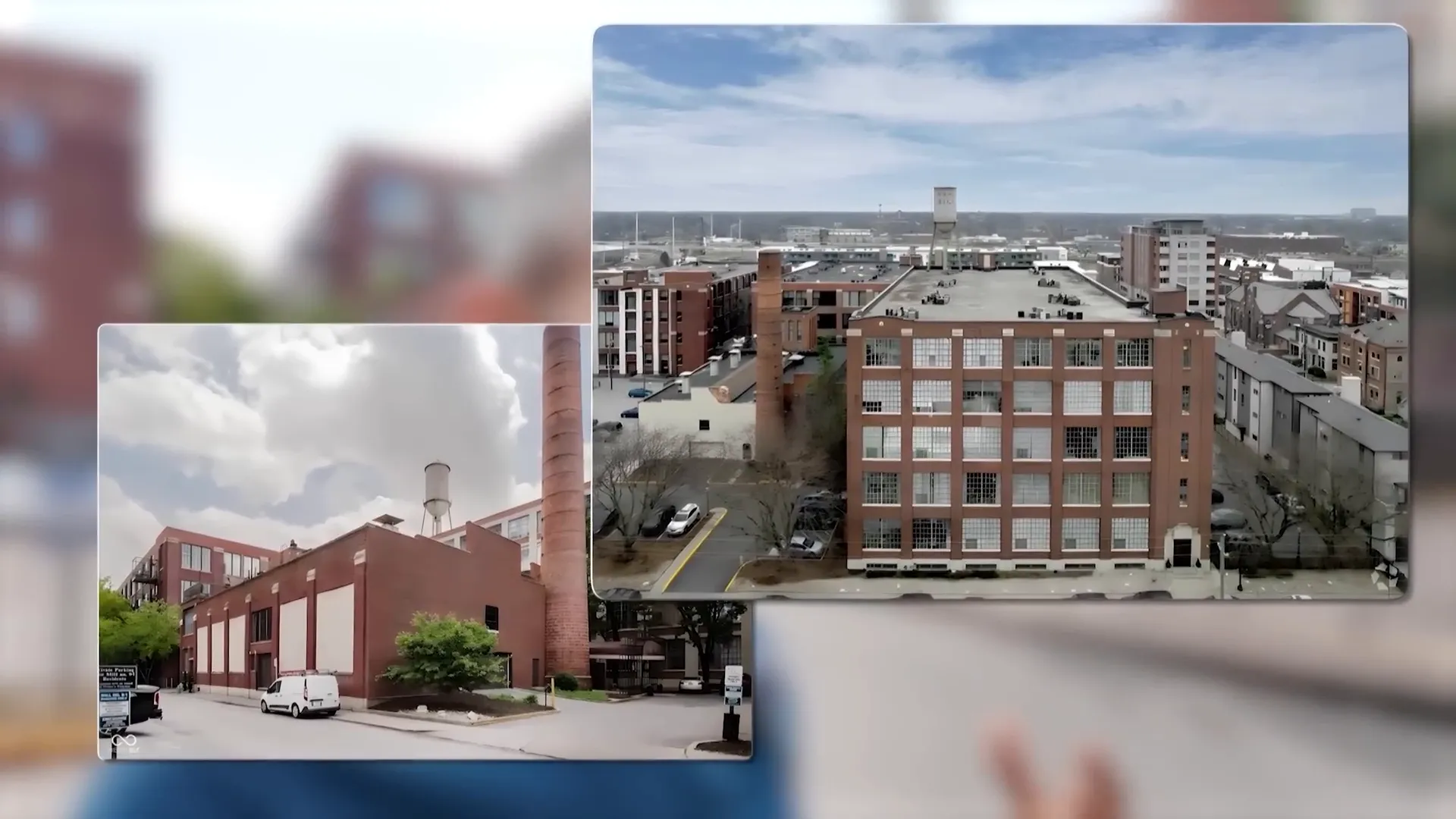
Chatham Arch is ideal for those who want the buzz of city life but with a neighborhood feel. While some homes have been replaced with new construction, many retain their historic charm, providing a unique blend of old and new.
Old North Side, Herron-Morton, and Fall Creek Place
If you head a bit further north from Chatham Arch, you’ll encounter neighborhoods like the Old North Side and Herron-Morton. These areas are still close to downtown but offer slightly different dynamics. Walkability here decreases a bit, making a car more necessary, although biking is a popular option for many residents.
Fall Creek Place is another historic neighborhood known for its beautiful homes and parks, attracting those who want a tight-knit community feel while staying near the city center.
Meridian-Kessler: The Upscale Urban-Suburban Mix
Meridian-Kessler used to be considered a suburb but has since become an integral and highly sought-after neighborhood within Indianapolis. It offers a suburban atmosphere with mature trees, sidewalks, and a strong sense of community, yet remains close enough to downtown for convenience.
This area is known for its unique, custom-built homes, many of which are older but have been extensively renovated. It’s a great option for those seeking character and quality but with a bit more space and privacy than downtown neighborhoods.
However, Meridian-Kessler is one of the more expensive areas in the city, with home prices typically starting around $600,000 and going much higher.
Broad Ripple: Affordable Urban Vibes with Nightlife
Just a few minutes from Meridian-Kessler is Broad Ripple, a neighborhood famous for its vibrant nightlife and social scene. While I used to frequent Broad Ripple at night, these days I mostly visit during the day to enjoy its parks, shops, and cafes.
Broad Ripple offers a more affordable entry point into city living, with smaller homes such as bungalows (two-bedroom, one-bath houses) available at lower price points. The neighborhood is mature and lively, making it popular with young professionals and those who want to be close to entertainment options.
Top Suburbs Near Indianapolis: Carmel and Fishers
For many people who want to be near Indianapolis but prefer a quieter, suburban lifestyle, two suburbs stand out as the most popular choices: Carmel and Fishers.
Carmel: Safety, Schools, and Vibrant Downtown
Carmel is wildly popular among families and professionals alike, thanks to its reputation for safety, excellent schools, and a strong local economy. The Carmel High School is the largest in Indiana, with over 5,000 students, and is highly ranked nationally.
The city boasts its own thriving downtown area, including the Arts and Design District, Midtown, and City Center. Despite its population of just over 100,000, Carmel has a bustling energy with lots of shops, restaurants, and cultural events.
While Carmel offers an active lifestyle, many residents appreciate living just outside the downtown core to avoid the busiest traffic and crowds, yet still be within a 10-minute drive of the action.
One downside to Carmel is its price point. The median home price is around $570,000, making it one of the more expensive places to live in the Indianapolis metro area. You can find homes under $600,000, but your options may be limited compared to other suburbs.
Fishers: Family-Friendly and Growing Fast
Just across the White River from Carmel is Fishers, another highly desirable suburb. Like Carmel, Fishers is known for its high quality of life, safety, and family-friendly atmosphere.
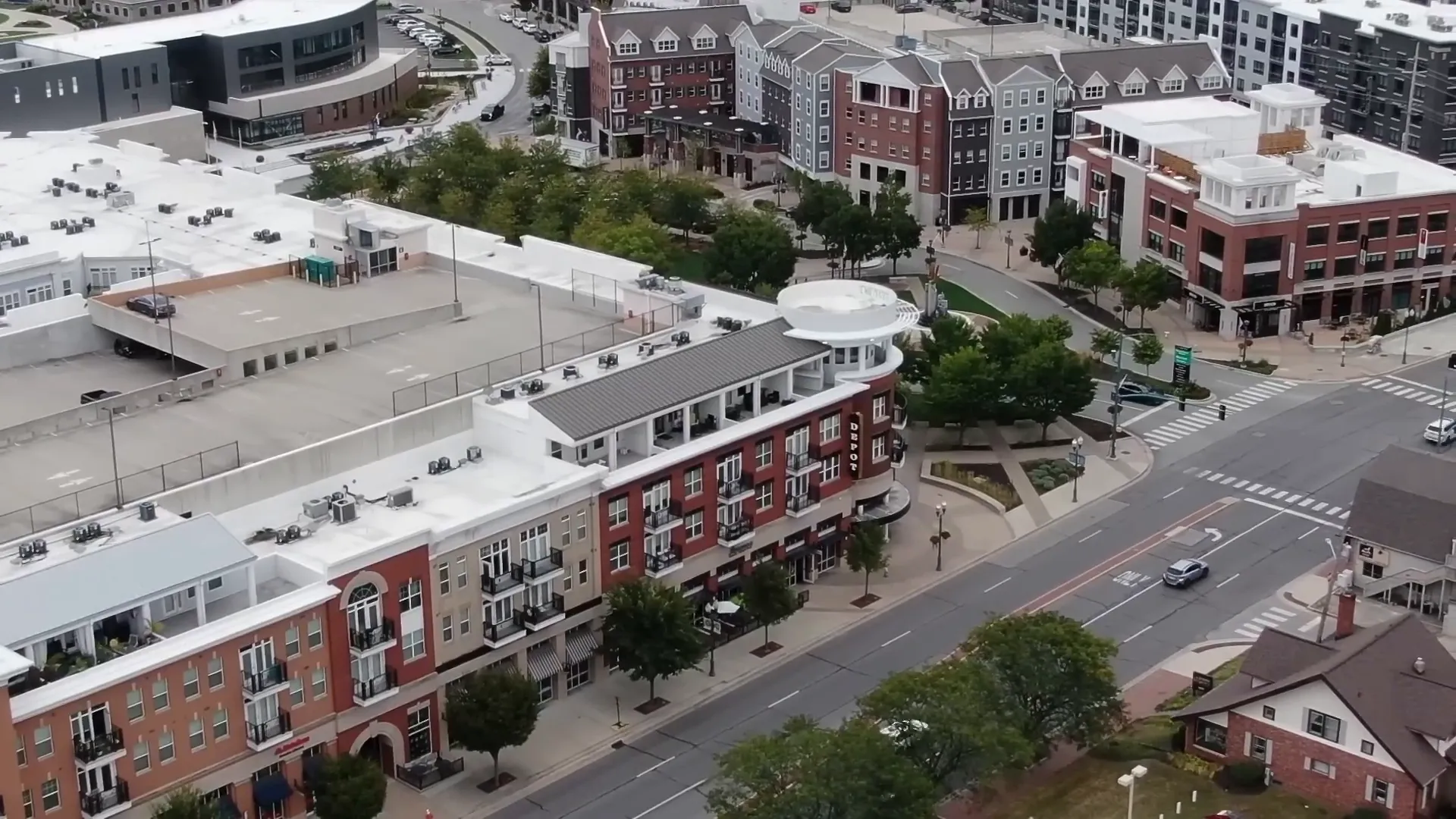
Fishers has its own downtown area, though smaller than Carmel’s, it is home to the Nickel Plate Amphitheater, a premier live music venue that draws crowds from across the metro. The sense of community is strong here, and the cultural heart of the city continues to grow.
Most residents live in neighborhoods just outside downtown Fishers, with newer developments expanding eastward over the past two to three decades.
Fishers tends to be slightly more affordable than Carmel, with a median home price near $500,000. It also offers more opportunities for first-time homebuyers and growing families, supported by two large high schools with a combined enrollment of about 6,700 students.
Fastest Growing Communities Around Indianapolis
Indianapolis has several suburbs and towns experiencing rapid growth, primarily fueled by new construction and expanding amenities. If you want to be part of a thriving community that is still on the rise, these places deserve your attention.
Westfield: Booming and Poised for the Future
Westfield has seen explosive growth, expanding from fewer than 10,000 residents before 2000 to nearly 60,000 today. Given current trends, it’s likely Westfield will surpass both Carmel and Fishers in population within the next 15 to 20 years.
The city is expanding north and west, with many new neighborhoods and amenities. Westfield’s median home price is about $490,000, reflecting its desirability and development level.
Brownsburg: Affordable and Growing
Located on the west side of Indianapolis, Brownsburg is smaller than Westfield with fewer than 40,000 residents but continues to grow steadily.
Median home prices here are more affordable, around $390,000, making Brownsburg an attractive option for buyers looking for value in a growing community.
Whitestown: The Surprising Growth Story
Whitestown is perhaps the most surprising growth story near Indianapolis. Once a quiet area where you might not see many people outside, it has transformed dramatically in recent years.
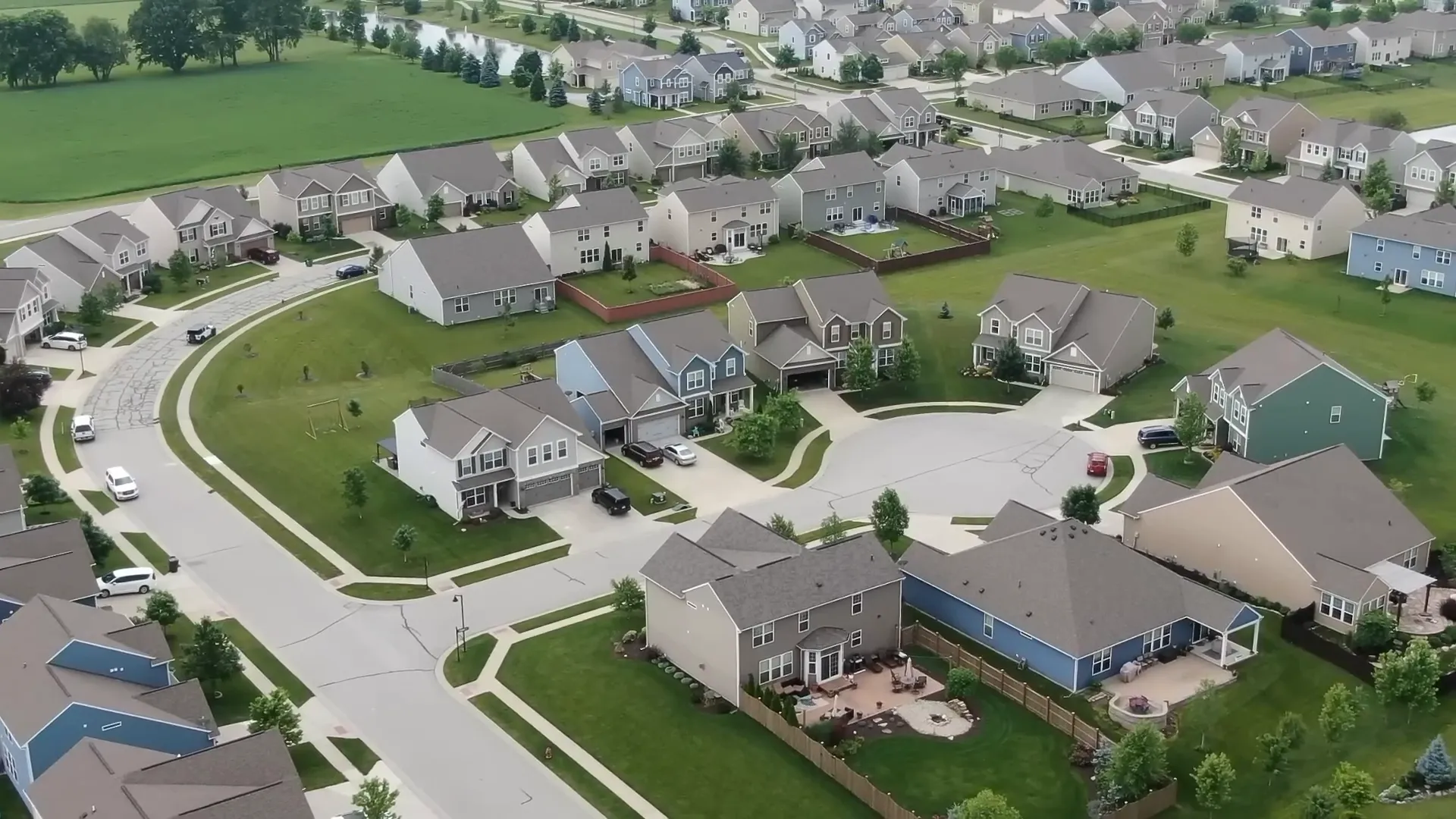
The median home price in Whitestown is similar to Brownsburg, just under $390,000, offering relatively affordable housing in a fast-developing area.
Greenfield: Affordability to the East
For those seeking the most affordable options near Indianapolis, Hancock County and the city of Greenfield to the east offer significant value. Greenfield has a population of about 25,000, with the entire county under 90,000 residents, making it a smaller, quieter option.
New construction here resembles what Westfield looked like 20 years ago—less developed but with lots of potential. Median home prices are just over $300,000, making Greenfield one of the most budget-friendly locations in the metro area, though amenities and attractions are still catching up.
How to Choose the Right Place for You
One of the biggest advantages of moving to Indianapolis is the city’s diversity. Whether you’re drawn to historic charm, urban excitement, family-friendly suburbs, or fast-growing new communities, there’s a perfect fit somewhere in or around the city. The key is understanding your priorities before deciding where to settle:
- Lifestyle: Do you want walkability and nightlife, or quiet suburban streets?
- Budget: What is your price range, and how far do you want your money to go?
- Commute: How far are you willing to travel daily, and what kind of traffic patterns can you tolerate?
- Schools and Safety: Are top-notch schools and safe neighborhoods a must-have?
- Community and Amenities: Do you want access to cultural events, parks, and local businesses?
Once you answer these questions, narrowing down your options becomes much easier. Many people discover that after moving to Indianapolis, a mix of city neighborhoods and surrounding suburbs offers the best balance of lifestyle, affordability, and convenience.
FAQs About What To Know Before Moving To Indianapolis: Insider Tips from a Local Expert
What is the cost of living like in Indianapolis compared to other cities?
Indianapolis offers a relatively affordable cost of living, especially compared to larger metropolitan areas. However, prices vary widely depending on the neighborhood or suburb, with places like Carmel and Meridian-Kessler on the higher end and Greenfield or Brownsburg offering more affordable options.
Is Indianapolis a good city for families?
Absolutely. Suburbs like Carmel and Fishers are particularly known for their family-friendly environments, excellent schools, and safe neighborhoods. The city itself also has neighborhoods suitable for families, especially those looking for historic charm and walkability.
How long are typical commutes in Indianapolis?
Commute times vary based on where you live and work. Traffic on major interstates like I-465, I-69, and I-70 can add time during peak hours. Many residents choose neighborhoods or suburbs with manageable commutes based on their job location.
What industries are strong in Indianapolis?
Indianapolis has a diverse economy with strong sectors in logistics, pharmaceuticals (notably Eli Lilly), healthcare, and a growing tech industry. This diversity provides ample job opportunities for newcomers.
Are there good cultural and entertainment options in Indianapolis?
Yes, Indianapolis boasts a rich cultural scene with multiple arts districts, concert venues, museums, and a lively sports culture. Neighborhoods offer varied dining options and unique local events year-round.
Final Thoughts
Moving to Indianapolis means stepping into a vibrant, diverse metro area with something for everyone—from historic urban neighborhoods to thriving suburbs and rapidly growing communities. Knowing what to expect before moving to Indianapolis can make the difference between a stressful transition and a smooth, exciting new chapter.
Whether you’re drawn to the walkability and history of downtown neighborhoods like Chatham Arch, the upscale charm of Meridian-Kessler, the family-friendly suburbs of Carmel and Fishers, or the booming growth of Westfield and Whitestown, Indianapolis offers a wide variety of places to call home.
Take the time to explore your options, weigh your priorities, and don’t hesitate to reach out for personalized guidance. With the right information and support, you’ll find the perfect community to call your own in the Indianapolis metro area. If you’re ready to buy a home, feel free to call or text me at 317-932-8620 or visit my website for more information!
And if you’d like to dive deeper into neighborhoods and suburbs, explore interactive maps, or get expert advice, be sure to connect with local resources and real estate professionals who know every detail about living in and moving to Indianapolis.
jason compton
A former teacher turned full-time real estate agent serving Greater Indianapolis. I help buyers, sellers, and relocation clients make informed moves—especially those coming from out of state. From neighborhood insights to home tours, my goal is to simplify the process and help you feel confident in every step.
Stay Informed
Insights, Tips & Life in Indianapolis
Your go-to resource for all things real estate and Indy living. Whether you're buying, selling, relocating, or just curious about the local market, our blog is packed with helpful articles, expert advice, and community highlights to keep you informed and inspired.
